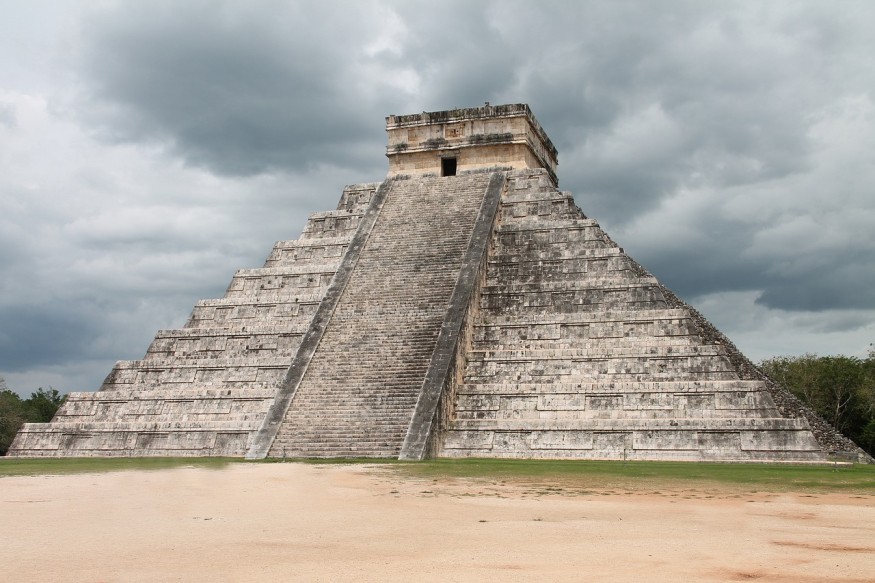Ancient civilizations like the Aztecs have long been thought to use natural yet sophisticated methods to measure time even long before modern clocks and other astronomical devices were invented. When it comes to determining the current season of the year, a new study says the Aztec civilization measured the trajectory of sunlight with natural structures like mountains to determine the agricultural calendar.
While it is hard to decipher that ancient humans once knew about when to plant crops or not, the study confirmed long-held notions that the Aztecs used a specific method. It involved harnessing the Sun and gazing at mountains like the Sierra de Patlachique Mountain to know if it is already planting or harvest season, mainly to feed millions of their people, keeping them alive and well.
The Aztec empire was a Mesoamerican or pre-Columbian society that thrived in what is now central Mexico between the 14th and 16th centuries. Having its own culture, the Aztecs were ahead of their time. The colonization of the Americas also discovered that the Meoamerican society have their own precise calendar, independent to the celestial instruments by Europeans, according to the study.
Sunrise and Mountains

In the new paper published in the journal PNAS, researchers found that ancient inhabitants of the Basin of Mexico used an accurate agricultural calendar using only sunrise observatories and mountain alignments.
Led by plant ecologist Exequiel Ezcurra at the University of California, Riverside, the research confirms the speculations that the pointed horizon peaks of Mounta Tlaloc served as a means to monitor the agriculture calendar and match the seasons during the passing of each solar year.
What is the Agriculture Calendar?
Also called as a crop calendar, an agriculture calendar was initially used by ancient civilizations for farming activity and crop production. These ancient calendars can be traced back not only from the Aztecs but also the Mesoamerican Mayan civilization, as well as in ancient Egypt and China thousands of years ago. These civilizations used certain cues on the sky to mark how the Sun moves.
In fact, the oldest solar observatory of an ancient calendar in the world consisted of a line of 13 stone towers, built by an unknown civilization in Peru 2,300 years ago. Research showed that ancient people in the South American country used such method based on the discovery of a 4,200-year-old temple, according to a 2007 research, as cited by the Smithsonian Magazine.
The Aztec Calendar
Like other cultures on Earth, the "pre-contact American" societies developed methods of measuring time based on the movement of heavenly bodies, particularly the relative distance and angle of the Sun from stars, planets, and even high structures on our planet, including mountains and man-made structures.
For the Aztecs, their calendar consisted of two separate cycles: the 365-day civil cycle and the 260-day ritual cycles. On the other hand, the Mayans used three interrelated calendars, which are also famous for their previously doomsday apocalypse prediction back in 2012.
European texts from the 15th and 16th centuries show that there is a relation between astronomical observation, time measurement, and mathematics, according to the United States' Library of Congress.
© 2025 NatureWorldNews.com All rights reserved. Do not reproduce without permission.





